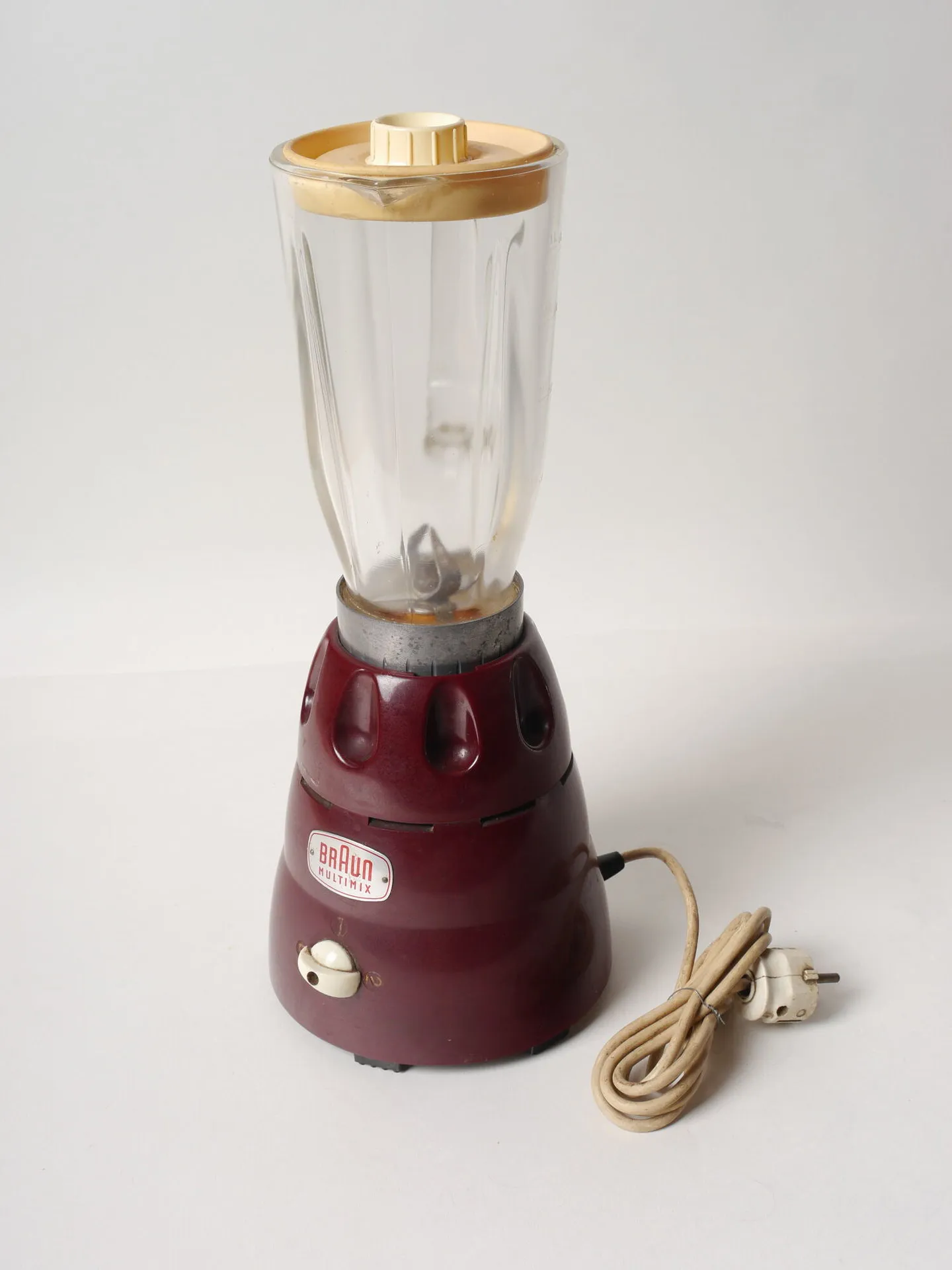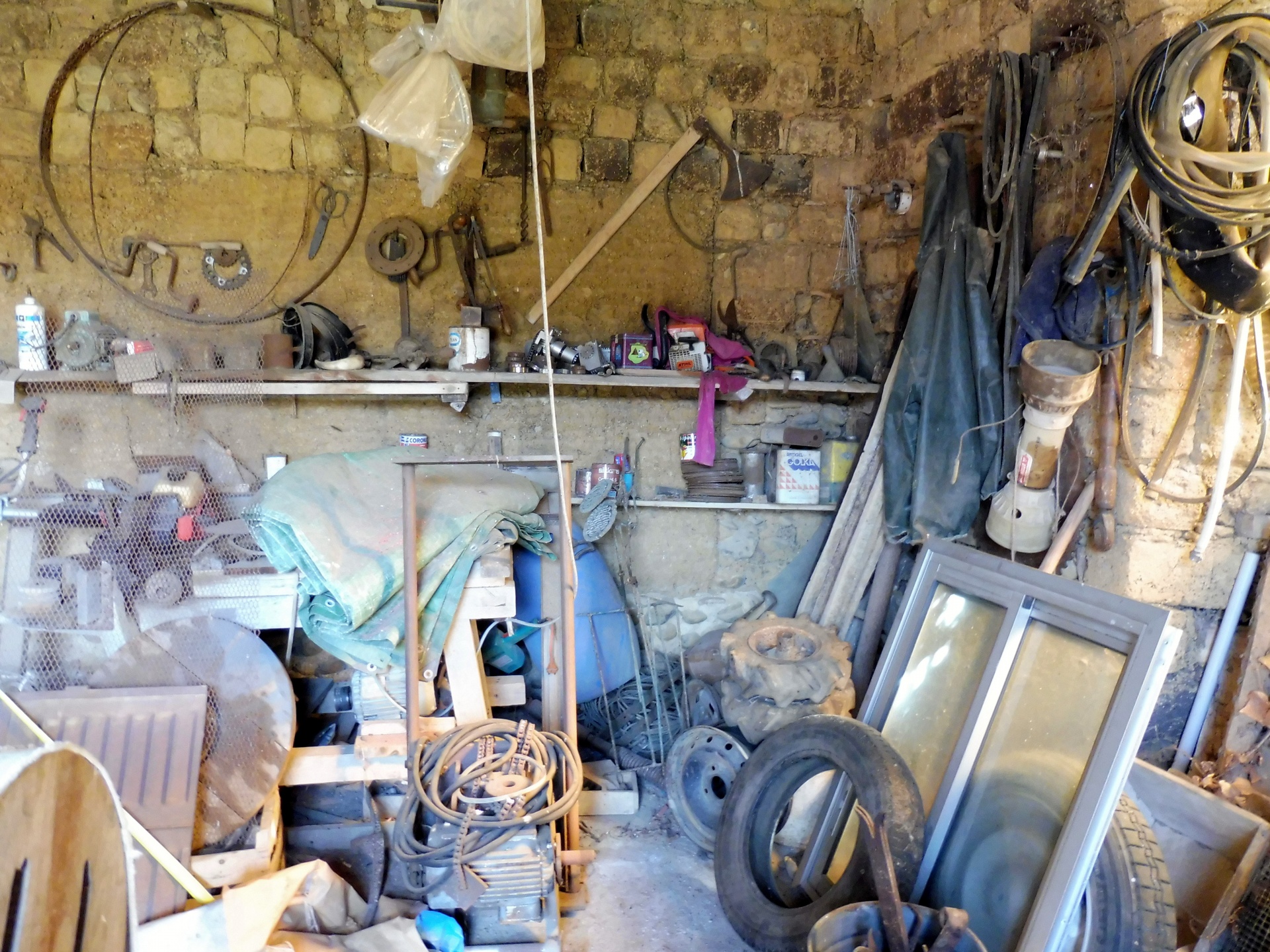Find Your Perfect Blender for Pulses: Tips and Tools from a Handyman’s Perspective
Are you a handy person who loves to cook with pulses but struggle to find a blender that can handle them? Look no further, we’ve done the research for you. When it comes to getting the perfect consistency for your pulse dishes, having the right blender can make all the difference. In this article, we’ll go over the importance of a good blender for pulses and give you some factors to consider when choosing one. We’ll also highlight some of the top blender models that are suitable for pulses and compare their features and performance. Plus, we’ll provide some maintenance and care tips to ensure your blender lasts for a long time. So, if you want to enhance your pulse dishes, keep reading!
Understanding the importance of a good blender for pulses is important.
If you’re a handyman who loves to fix things around the house, then understanding the importance of a good blender for pulses is essential. Pulses, such as lentils and chickpeas, are an excellent source of protein and fiber. However, they can be quite challenging to blend properly without the right tool.
A high-powered blender designed specifically for blending pulses can make all the difference in your cooking experience. The best blenders for pulses should have powerful motors with sharp blades that can easily crush even tough beans into smooth purees or creamy dips.

When choosing a blender for pulse-based recipes, consider factors such as power and durability. A sturdy machine with a powerful motor will help you achieve silky-smooth textures every time without any lumps or chunks left behind.
Having said that, investing in quality equipment like this also means taking care of it properly. Regular cleaning after each use will ensure your appliance lasts longer while delivering tasty blends every time.
In conclusion – whether you’re making hummus or blending up some delicious soups using fresh ingredients like kale or spinach – having an efficient pulse-blender on hand is crucial!
Factors to consider when choosing the best blender for pulses include.
When it comes to selecting the best blender for pulses, there are several important factors to consider, especially if you’re a handyman who likes to fix things on your own.
Firstly, the power of the blender is critical. Pulses are notoriously difficult to blend because they have a tough outer layer that can be challenging for ordinary blenders. Therefore, it’s essential to choose a high-powered blender with at least 1000 watts of power or more.
Secondly, blade quality is another important factor when selecting a pulse-friendly blender. Ideally, you want blades that are sharp and durable enough not only to break down the tough outer layer but also maintain their shape after prolonged use.
Thirdly, blending speed options matter too; having different speed options gives you more control over your blending process and ensures that your pulses blend uniformly without any lumps or chunks left behind.
Fourthly and finally – durability! A sturdy build will ensure that even when put through rigorous use over time (and let’s face it – as handy men we tend not always be gentle), our chosen machine will keep up with all our needs!
In conclusion: When choosing the best blender for pulses as an avid handyman who enjoys fixing things on their own- remember these key points: high-powered motor strength ranging from 1000 watts upwards; strong blade quality built out of durable materials; multiple speed settings allowing greater control during blending processes; last but certainly not least- make sure whatever option selected has proven longevity!
What are the top blender models suitable for pulses?
When it comes to blending pulses, you want a blender that can handle the tough texture and fibers without getting bogged down. Here are some top blender models that are perfect for this task:
1. Vitamix 5200: This high-performance blender is known for its powerful motor and stainless-steel blades, which can easily break down even the toughest pulses.
2. Blendtec Total Classic Original Blender: With a unique square-shaped jar design and powerful motor, this blender is ideal for grinding up beans and other hard-to-blend ingredients.
3. Ninja Mega Kitchen System BL770 Blender/Food Processor: This versatile appliance not only blends but also functions as a food processor, making it easy to create delicious hummus or falafel from scratch.
4. Oster Pro 1200 Blender with Glass Jar plus Smoothie Cup & Food Processor Attachment: Equipped with both a glass jar and food processor attachment, this durable blender can tackle any pulse recipe you throw at it.
No matter which model you choose, make sure to look for features like multiple speed settings or pulse options so you have control over how finely your pulses are blended. Happy blending!
Comparing the features and performances of different blenders.
When it comes to blending pulses, choosing the right blender is crucial. The wrong blender can leave you with unevenly blended pulses, lumps and bumps in your smoothie or even a burnt-out motor.
So how do you choose the best blender for pulses? Let’s compare some of the top models on the market:
First up, we have the Vitamix 5200. This high-performance blender boasts a powerful motor and durable blades that can handle tough ingredients like beans and chickpeas with ease. It also features variable speed control so you can adjust it to suit your needs.
Next on our list is the NutriBullet Pro Plus. While this compact model may not have quite as much power as some of its competitors, it makes up for it with its convenient design and easy-to-clean cups.
Another option worth considering is Blendtec’s Classic 575 Blender. With pre-programmed cycles and an intuitive touch screen interface, this model takes all of guesswork out of blending different types of food items including pulses.
Last but not least we’ve got Ninja BL770 Mega Kitchen System which offers a lot flexibility when making smoothies from hard food ingredients such as nuts & seeds while also being able to crush ice into snow using their Total Crushing Blades
Ultimately, when choosing between blenders for pulsing purposes consider factors like power output (in watts), durability ,price range ,ease-of-use especially cleaning after each use or dishwasher compatibility among others in order to make an informed decision that suits both your budgetary constraints/preferences along side desired level performance output .
Maintenance and care tips for your blender to ensure longevity.
If you’re someone who loves blending pulses and other nutritious foods, then taking good care of your blender is crucial to ensuring its longevity. With some simple maintenance tips, you can keep your blender in top shape and avoid costly repairs or replacements.
Firstly, it’s important to clean your blender after every use. Rinse the blades with warm water immediately after blending, and use a dishwashing brush or sponge to remove any residual food particles that may have gotten stuck on the blades. Avoid using abrasive scrubbers as they can damage the blade surface.
Next, disassemble all removable parts of your blender for thorough cleaning at least once a week. Soak these parts in warm soapy water for around 10-15 minutes before wiping them down with a soft cloth or sponge.
To prevent wear and tear from overuse, always follow manufacturer’s instructions regarding usage limits for pulse ingredients such as nuts or seeds. Overloading the machine could cause overheating which would lead to motor burnout over time.
Lastly store away safely when not in use – avoid leaving it out where dust can settle onto its mechanics causing unneeded stress on moving parts leading potentially expensive repairs which could have been easily avoided!
By following these simple steps consistently you’ll be able to ensure that your best-blender-for-pulses stays running smoothly well into years ahead!
Conclusion
In conclusion, choosing the best blender for pulses isn’t always easy. There are several factors to consider and different models that can be compared against each other. However, with a bit of research you should be able to find one that is suitable for your needs and preferences. We hope this article has given you some valuable insight into how to choose the right blender for pulsing as well as tips on maintenance and care so it will last longer! Now, get blending!















